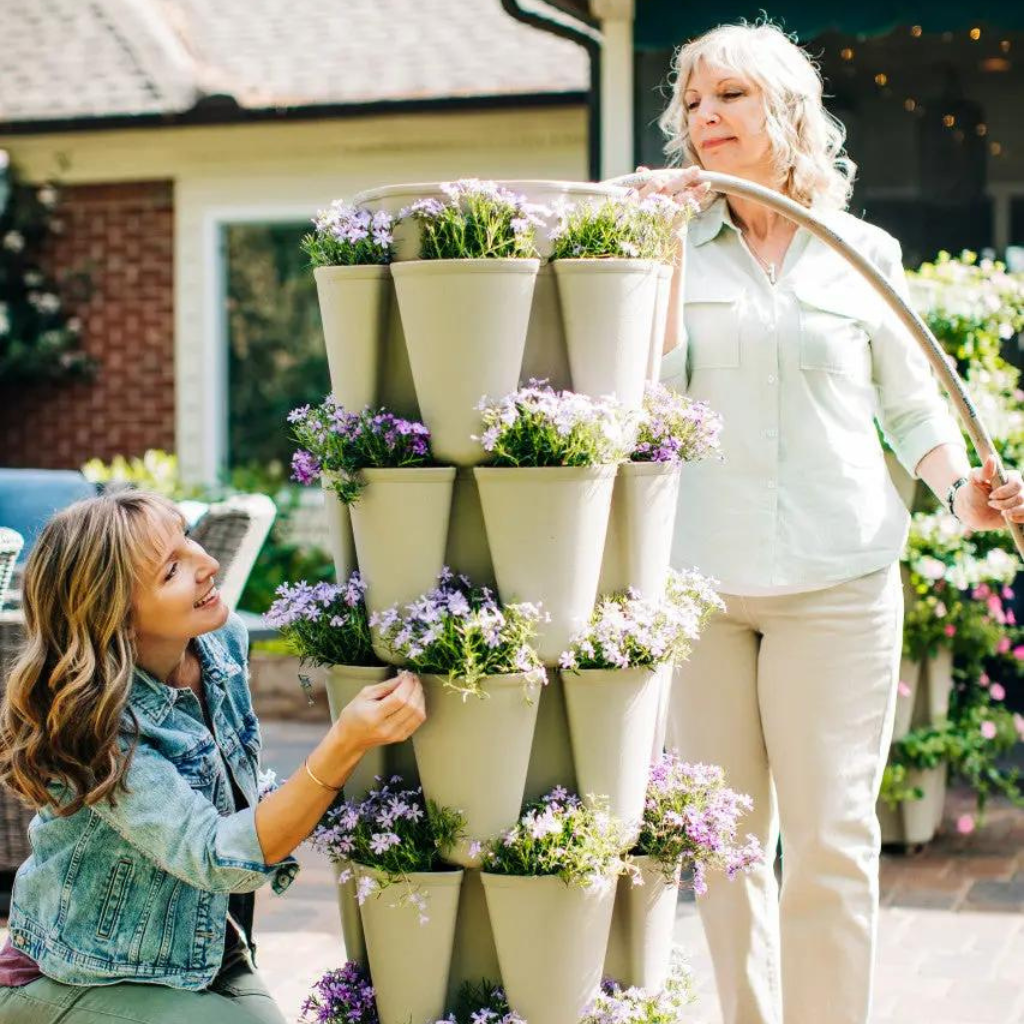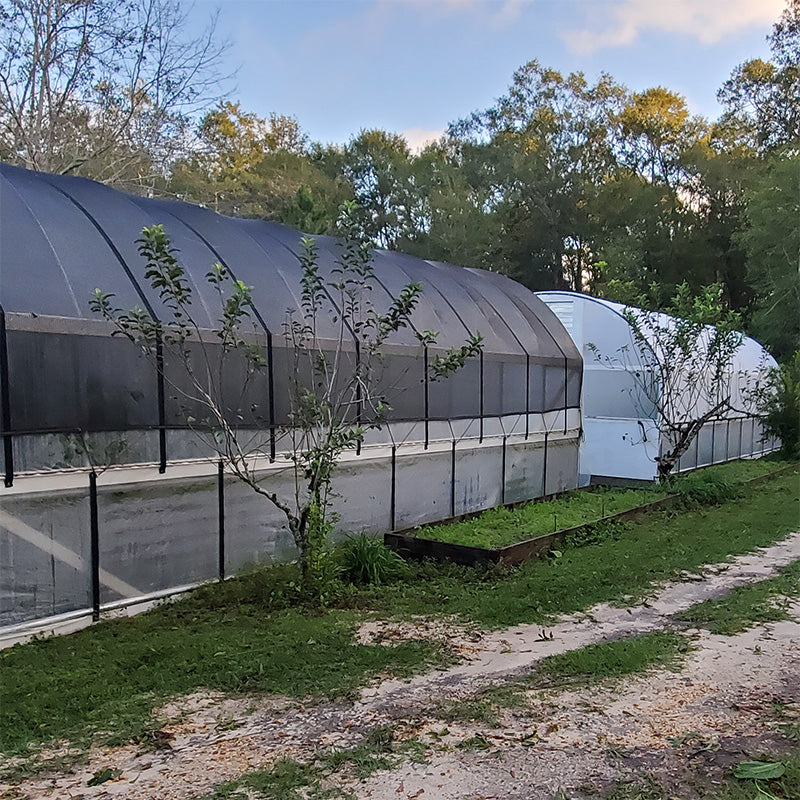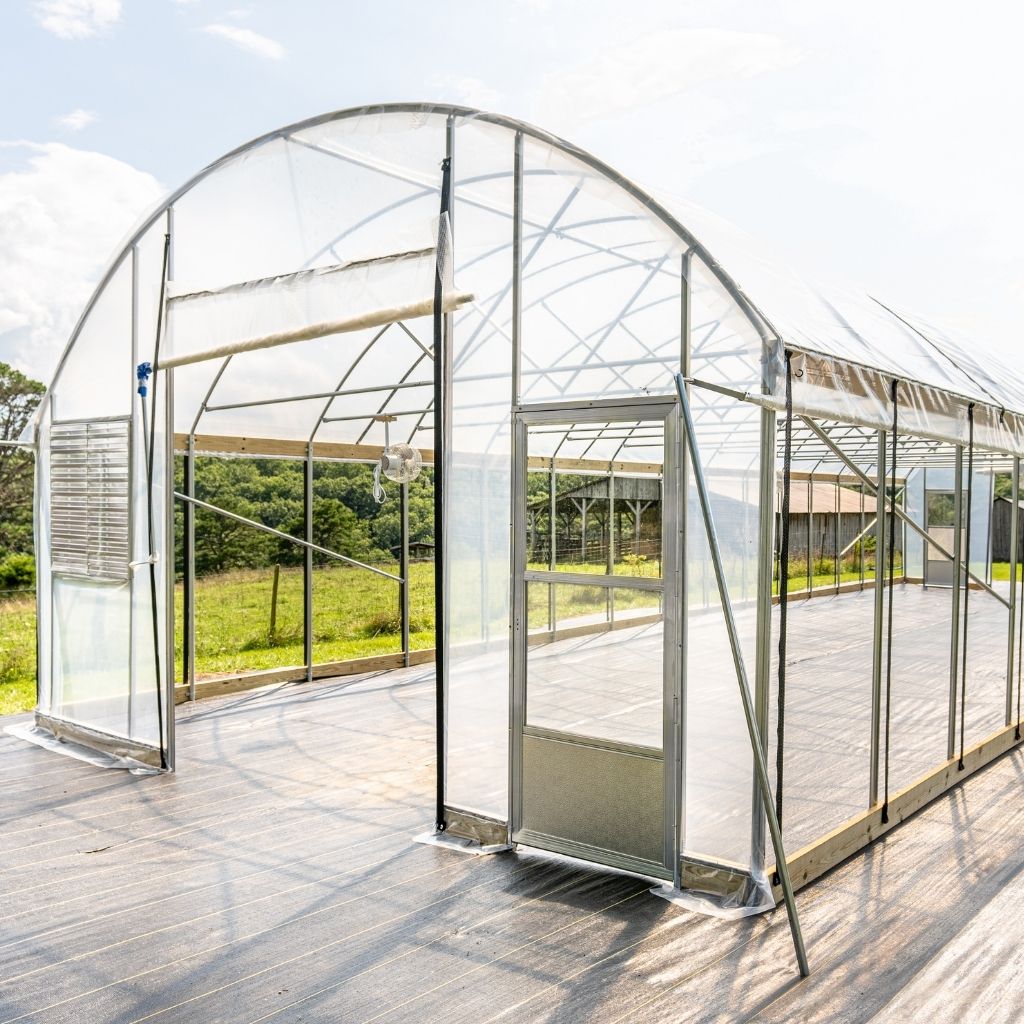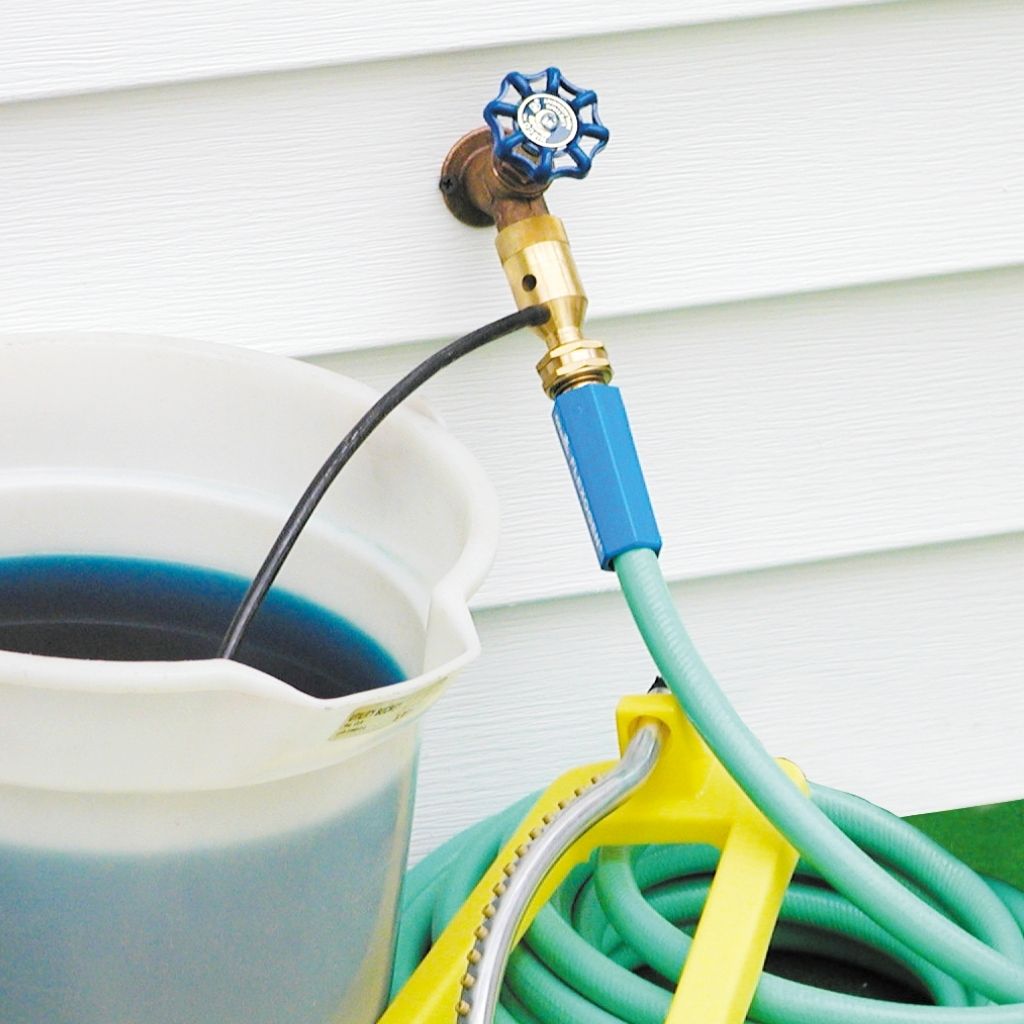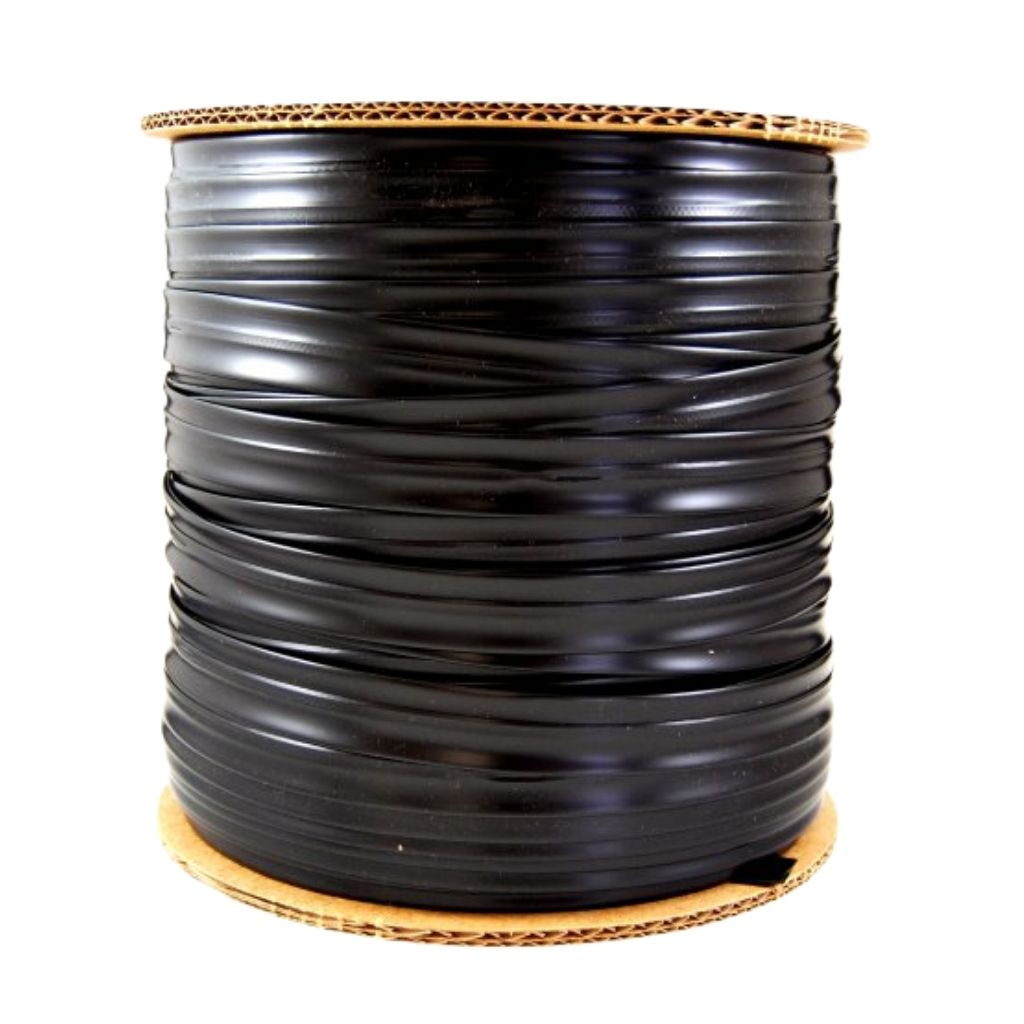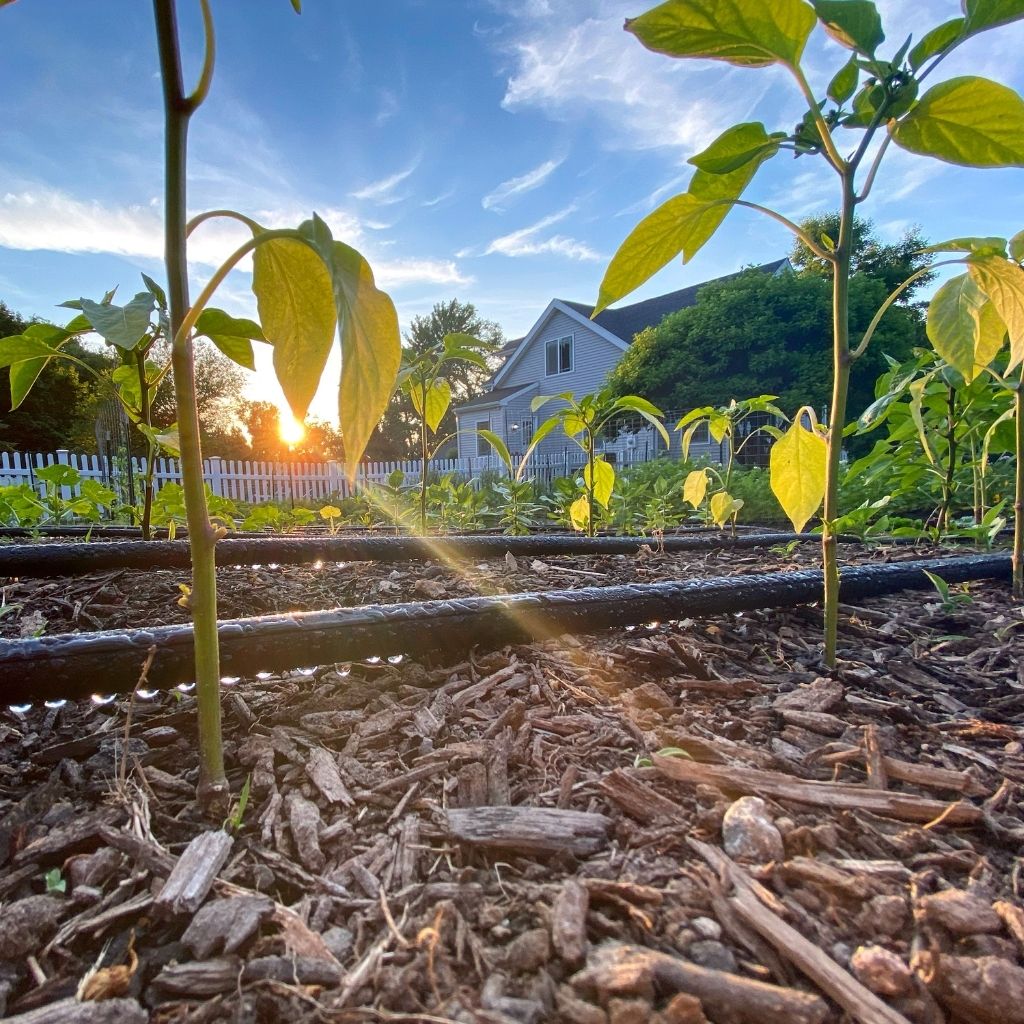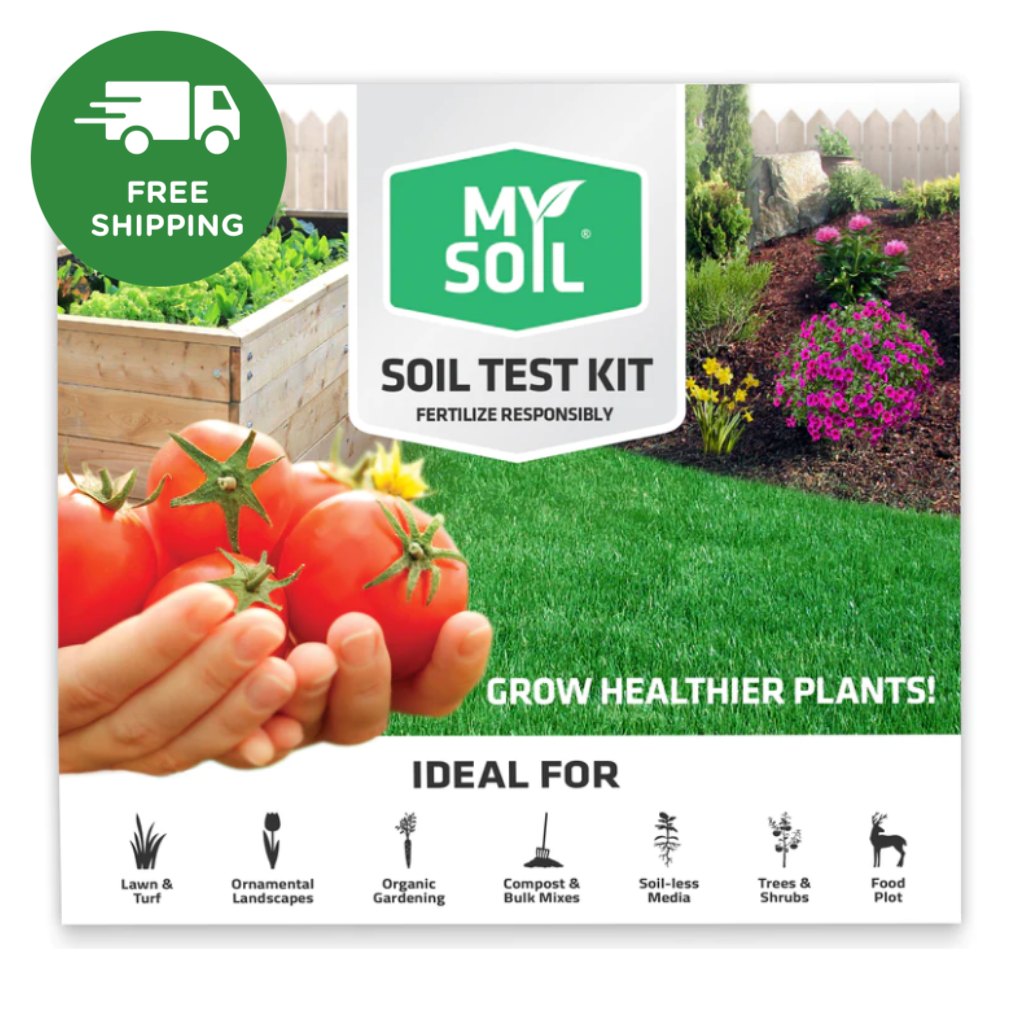Your Own Pallet Garden
If you are running out of places to put your beloved flowers and plants and you do not want to use some ordinary pot, then you may want to check out using a pallet. Yes, I said a pallet. It is a unique way to grow a variety of plants in a small space and can be made to look very decorative and rustic. Not only is it easy, it is also inexpensive, which is a large perk. Following these simple steps will allow you to take this craft and make into a terrific project that is beautiful and eye catching.
Step 1: Pick your pallet. These can be found at different stores that buy large quantities of merchandise, such as your local Walmart, K-Mart, Kroger, etc. They can also be found at local feed stores. Most of them are just thrown out back, so they are free for the taking. Try to find one in the best shape as possible.

Step 2: Clean it up. If your pallet has nails sticking out, rough spots, or loose boards, make sure to take care of those. The nails should be hammered in completely or taken out. The rough spots should be sanded down and the loose boards should be nailed together into the pallet. Aside from this, you can also paint or stain your pallet as well, or you may choose to leave it plain. The decision is based completely on your preference.
Step 3: Cover the pallet with landscape fabric. In order to do this, you will have to decide which side of the pallet you want the front and which you want as the back. Whichever you decide lay the pallet face down (the chosen front on the ground). Before you cut the fabric, you should decide if you are going to want the pallet to stay on the ground after two weeks or if you will want to mount it in the future. If you are going to keep it on the ground, I would suggest to cut the fabric to where it completely covers the back of the pallet, with extra overflowing to cover all four sides. If you are eventually going to stand it up, I would cut the fabric to completely cover the back, with extra overflowing to cover three sides (the bottom and two sides; not the top).
 |
 |
Step 4: Start securing. Whatever your preference of tools may be such as using staples, nails, or washers and screws is your decision. We used washers and screws because that is what was available. Pull the bottom tight, folding it over to where the flap is not visible. Secure it in the middle, then move on to the left corner, then the right. After securing the three key points, begin securing sporadically between the points. Next, secure the top. If you are going to keep it on the ground, fold it over and secure it just as you did the bottom. If you are going to stand the pallet up, I recommend not folding the fabric over. Simply secure it on the back, leaving the top open. Then, move on to two corners on one side. Fold the fabric as if you were folding a present, and then secure it. Move along the side, sporadically securing the fabric to the pallet. Once finished with first side, move to the second step. Pull the fabric tight, then repeat the process. Now, secure sporadically on the back. Be sure it is tight, leaving no space for the soil to escape.
 |
 |
 |
 |
 |
Step 5: Fill the pallet with soil. If you don’t have anyone to help you move it once the soil is in, I suggest placing it where you are going to leave it for at least two weeks before filling it with soil. We used our NuMix Number 3, which is great for starting out plants because it has a mix of worm castings in the consistency. It may require several bags because you want it packed down good and tight, and make sure it is packed under the slats as well. We ended up using three bags of soil.
 |
 |
 |
Step 6: Choose your plants. You can plant just about anything in your pallet. Obviously you probably wouldn’t want to attempt to grow a very tall crop, such as corn, just because it requires more soil and root depth to grow sufficiently. Beans and peas grow great in these, as well as flowers and other shorter height plants. Make sure you plants whatever you choose close together in each slat for better growth and to prevent them from falling out.
 |
 |
Step 7: Water your pallet. Like any other garden, you want to keep your plants well watered to keep them healthy. If you decide to stand it up, I recommend waiting at least two weeks to make sure the soil is settled into place and that the roots have developed well, keeping the plants in place as well.
There you have it! These seven easy steps will help you to achieve your desired pallet garden. This is a great idea for small spaces, such as apartments. It is also very eye-catching and a unique way to show off your garden. So get in touch with your rustic, creative side and enjoy creating your very own pallet garden! Happy growing!




